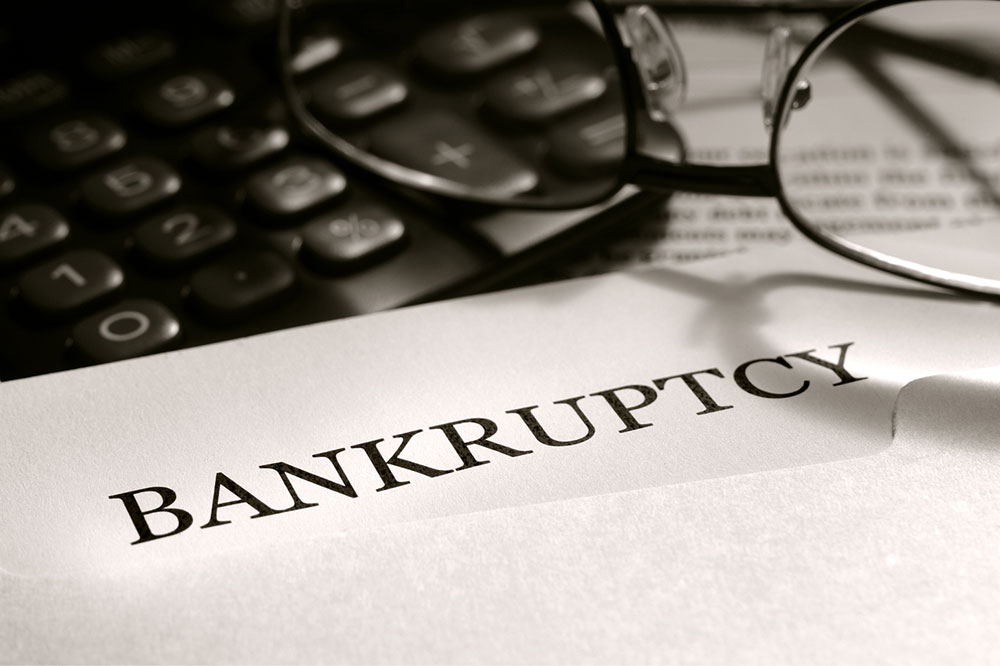Bankruptcy and how to file for it
Filing for bankruptcy, unfortunately, isn’t free. Since the need to file for bankruptcy comes at a time when money is tight, it is vital to know exactly how much it costs. However, there is no straightforward answer as the cost depends on the complexity of your case, your location, and most importantly, the attorney fees. Read on to find out approximately how much will it cost to file for bankruptcy anywhere in the country.
Types of bankruptcy
The first step is to familiarize yourself with the various Chapters of bankruptcy, as different Chapters have different filing costs. As an individual consumer, you only need to know about Chapter 7 and Chapter 13 bankruptcies.

- Chapter 7
Also referred to as liquidation bankruptcy, Chapter 7 is the most common type of bankruptcy for individuals. It involves selling a part or whole of your property and using the proceeds to repay your creditors. Most people who don’t own a home and have a limited income prefer Chapter 7 bankruptcy. - Chapter 13
It is also called reorganization bankruptcy. With Chapter 13 bankruptcy, you get to keep your valuables, including secured assets like your home and vehicle. However, you’re required to propose a plan to repay all your debts in the next three to five years. People who have a monthly income that enables them to afford the installments usually opt for Chapter 13 bankruptcy.
Filing fee and other costs
The bankruptcy court will hear your case only when you’ve paid the filing fee and the fees for a few educational courses. The total cost may include:
- Filing fee
The total filing fee includes trustee surcharge (in case of Chapter 7 bankruptcy) and administrative fee. This brings the cost of filing for Chapter 7 to $338 and Chapter 13 to $313, as of 2021. - Credit counseling fee
Credit counseling is a court-approved education course. You are required to finish the course before filing for bankruptcy. Many agencies offer the course for around $50, according to the Federal Trade Commission. However, you may be able to get the fee waived or reduce the course rate based on your financial situation. - Debt education course
The debt education course has to be taken after filing for bankruptcy. Agencies typically charge anywhere between $50 and $100 for the course. But, those who can’t afford to pay may get it for free or at a reduced rate.
To find the court-approved agencies in your state, you have to visit the official website of the U.S. Department of Justice. On the website, you can also find the costs of bankruptcy-related courses.
Attorney fees
Indeed, you can file for bankruptcy without an attorney. But keep in mind that bankruptcy laws are complicated, and you may end up losing a major chunk of your remaining money or assets if you’re not careful. This is why most petitioners choose to hire an attorney who will guide them through the entire process.
Attorney fees for any bankruptcy case are not fixed. They usually charge more if a case is complex and demands a lot of their time. Also, the market rate tends to differ from one region to another across the country. Another factor that plays a crucial role in deciding an attorney’s fee is the Chapter of bankruptcy. If your case is that of a Chapter 7 bankruptcy, most attorneys will charge anywhere between $500 and $3,500. A Chapter 13 case is typically more expensive and attorney fees may range from $1,500 to $6,000.
Even if your case is extremely complex, attorneys are unlikely to charge excessively high fees. That’s because many courts in the country have established something called the “no-look” level, which allows judges to review attorney costs if the fee is above the threshold.

